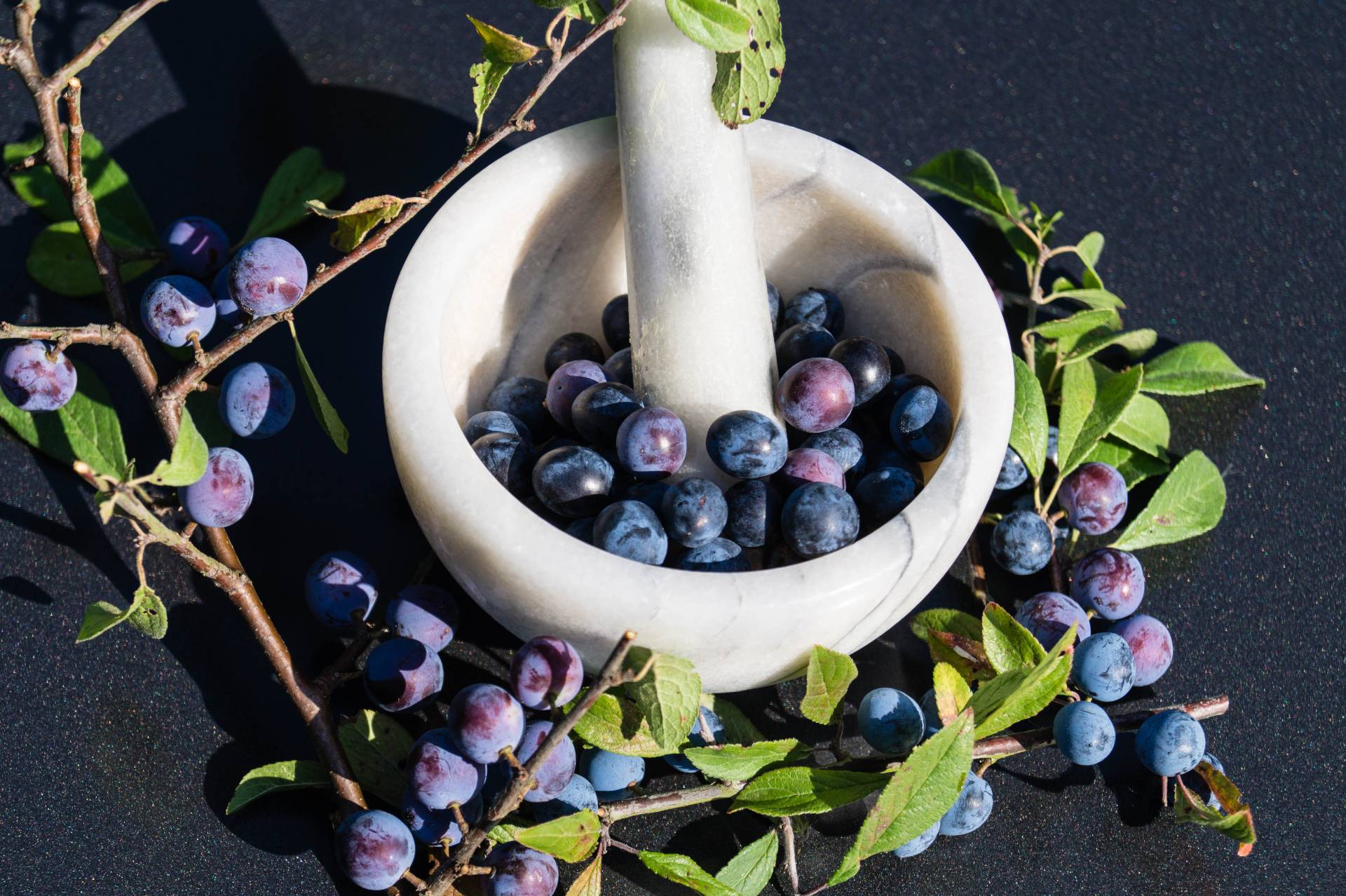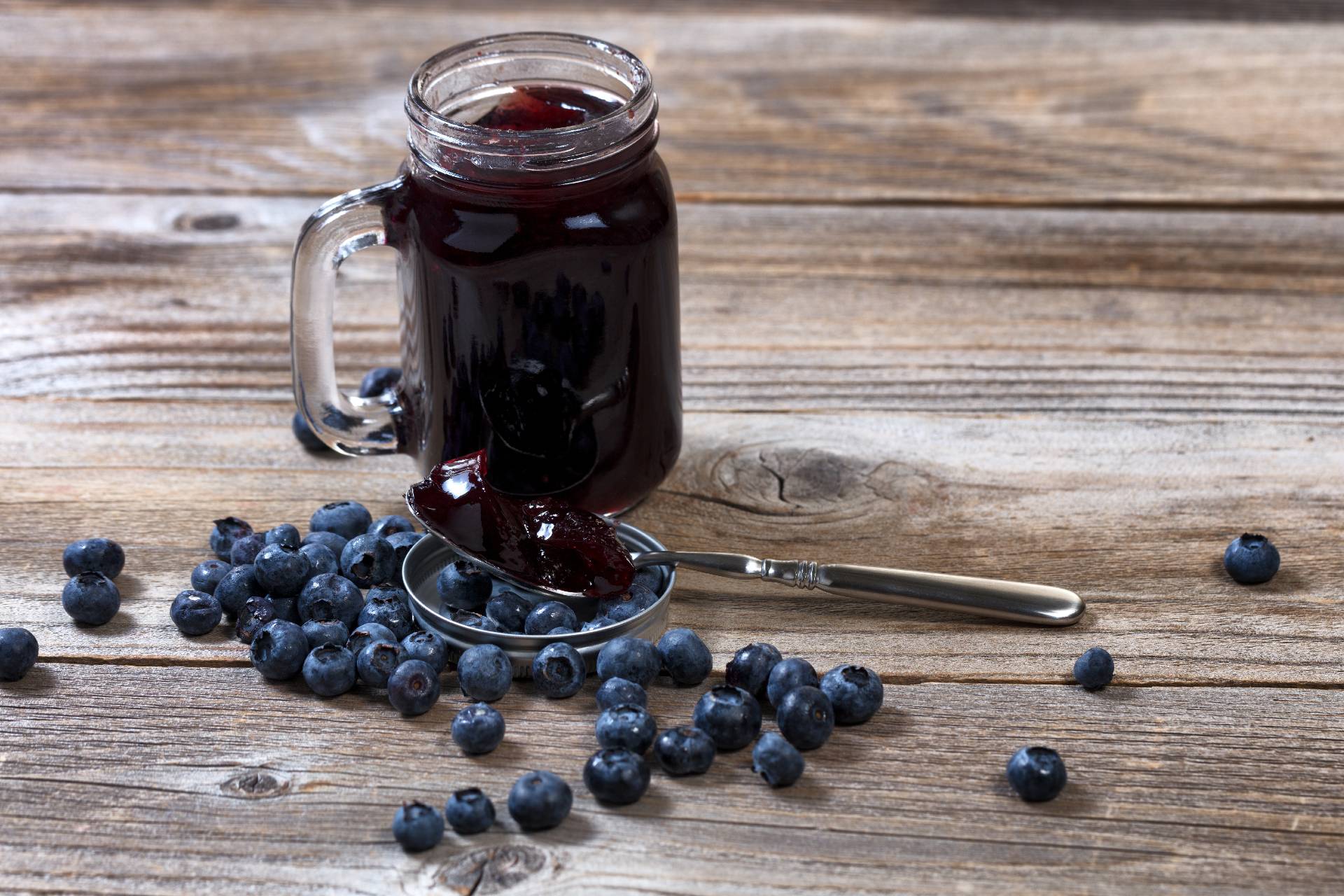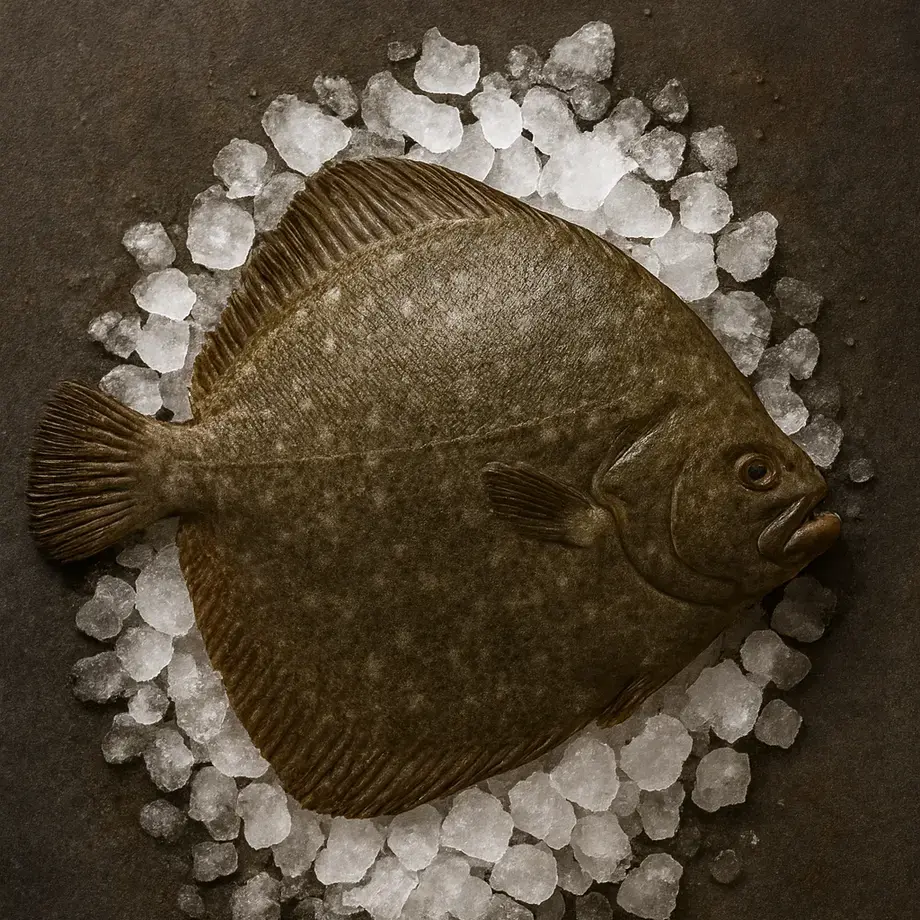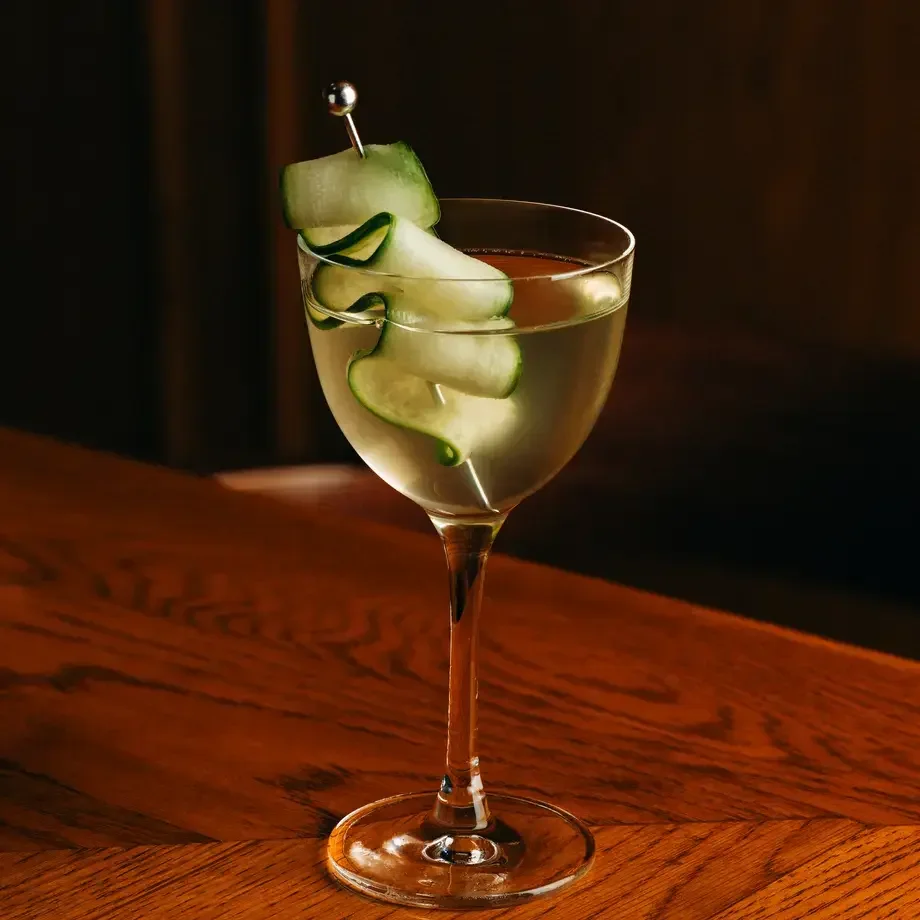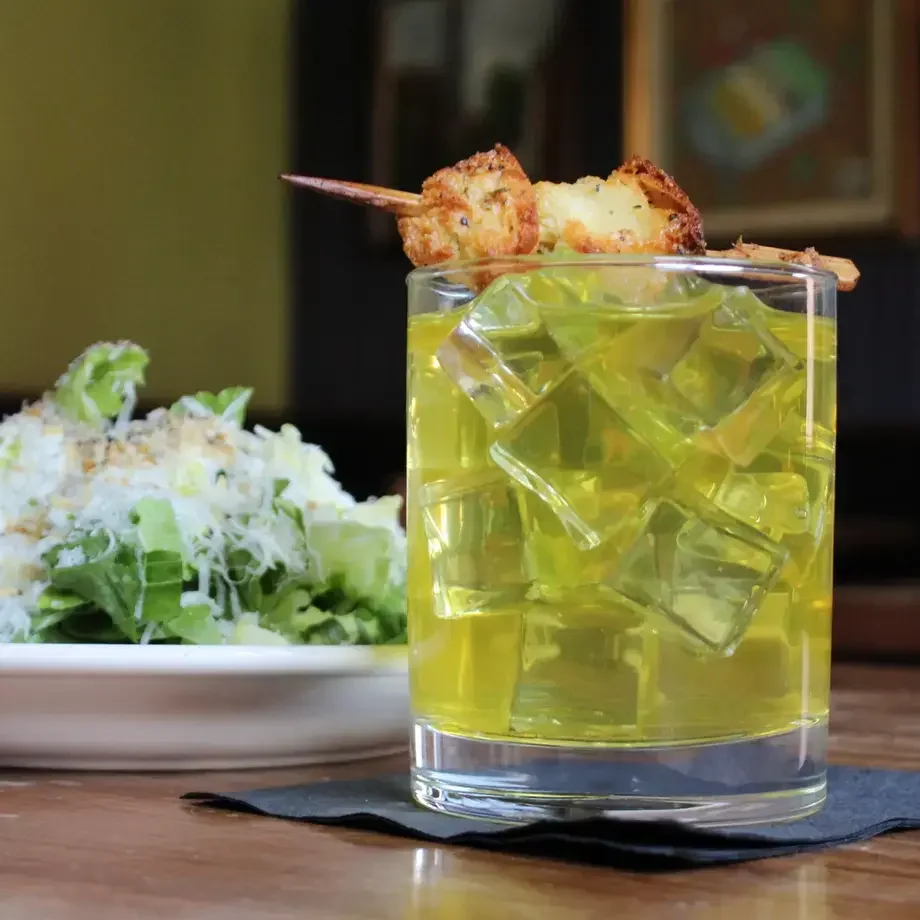Blackthorn is a deciduous shrub or small tree in the rose family. It has dark-coloured bark and stiff, spiny branches, and grows a mass of small, creamy white flowers in the spring, which are replaced by an edible purple-black fruit called a sloe in the autumn.
A native of Europe, western Asia, and parts of northwest Africa, the blackthorn has also been naturalised in some parts of New Zealand, Tasmania and eastern North America. It can be found growing wild, and in Northern Europe it is a common sight planted along the boundaries of fields, as its dense, spiny foliage makes it an effective barrier for livestock.
Humans have made use of this attractive but prickly tree for thousands of years. A 5,300-year-old human mummy was discovered in the Austro-Italian Alps in 1991 with a sloe close to the remains, suggesting that sloes were used for food at least as far back as 3,300 BCE.
Blackthorn wood has also had many uses over the years - it is an excellent firewood that burns slowly and with very little smoke, and it is also the wood of choice for the Irish shillelagh, a combined walking stick and club that was used for self-defence. Blackthorn was also believed to have magical properties, and was said to be the wood used to make witches’ wands.
The sloe is similar in appearance to a small, dark plum, and in fact is generally thought to be an ancestor of the plum. Unlike the plum, however, it has a bitter, astringent taste when eaten fresh. One way to solve this is to leave the sloes on the plant until after the first frost, after which they will become sweeter and more plummy. The problem with this is that sloes can ripen several months before the first frost, so if you wait they could be past their best, and will likely be eaten by birds. Luckily, these days you can mimic the frost by simply placing the sloes inside a freezer for 24 hours, so all you need to do is wait for the fruit to ripen, freeze it, and it should be ready to use.
Sloes can also be preserved, and taste great in jellies, syrups, and as a thick paste similar to quince cheese. When preserved, they take on a rich, plummy flavour that goes well with orange zest, cloves, cinnamon or almond extract. Perhaps their most popular use is as a flavouring for alcohol, particularly sloe gin or sloe wine. They are also used to make various sloe liqueurs in Europe, including patxaran or pacharán in the Basque region and northern Spain, bargnolino or prunella in Italy, and eau de vie de prunelle in Alsace, France.
Benefits



